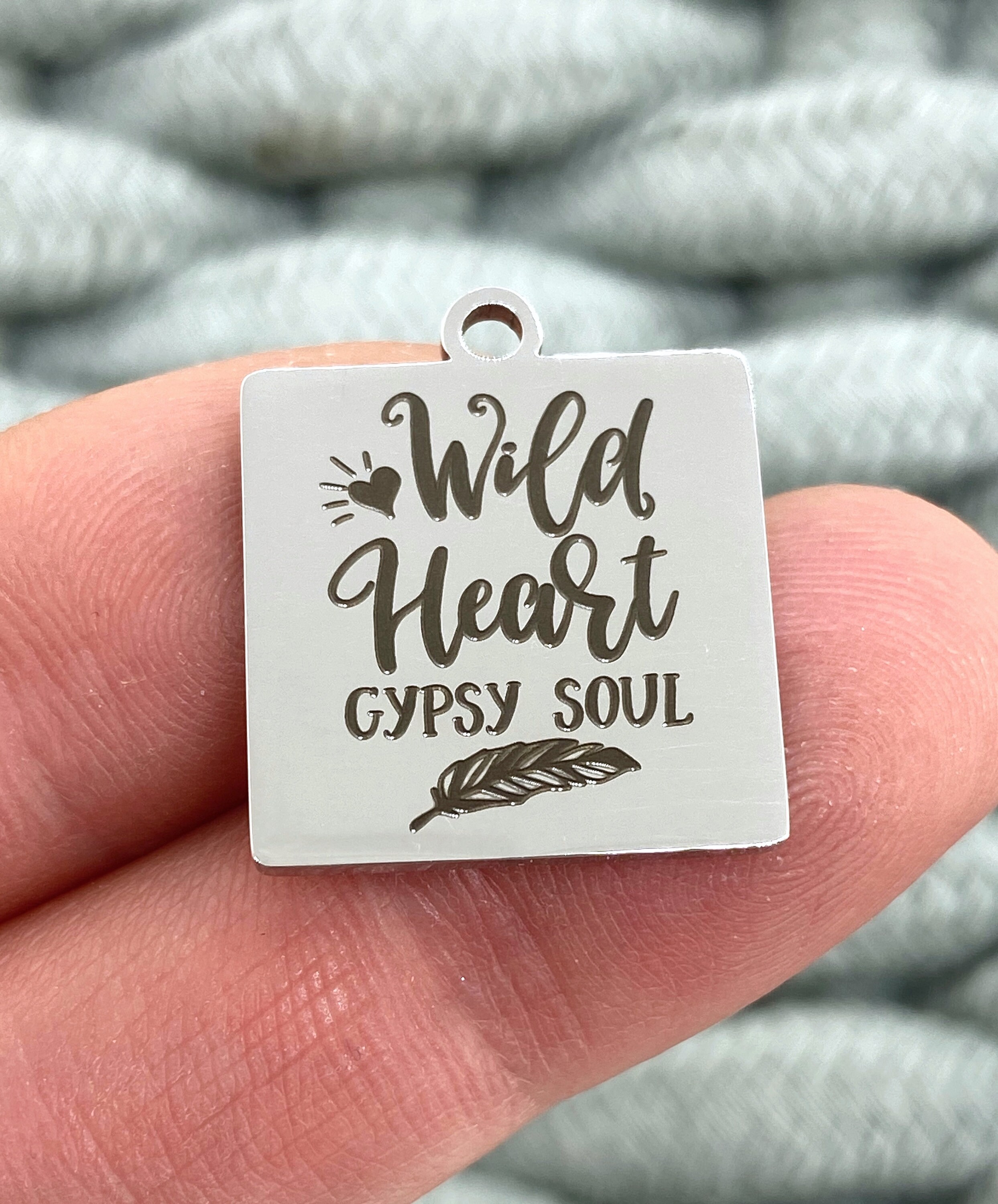

Series protagonist Isaac Clarke wears a suit made with leather and fur inspired by classic mountaineers, for instance, as opposed to the sleeker, metallic suit from previous games. Due to some spoiler-related events, progress on the planet halted around two centuries before the events of Dead Space 3, and this has as strong impact on its look and feel. "A big part of our game setting now is vintage," says Muscat. It may be the newest game in the franchise, but Dead Space 3 was also designed in part to look old. With Dead Space 3, the art team introduced a number of new elements, even if you don't include the snowy, windswept environment. After serving as an environmental art director on Dead Space 2 - before that he worked in various roles on games like Bioshock 2 and Dark Sector - Muscat took over the artistic reins for the newest entry in the franchise, which involves everything from approving early concepts to tweaking lighting for in-game environments (not to mention making sure the visual style is consistent in media outside of the game).

Making sure that the game stays in line with the visual style the series has been cultivating since its debut in 2008 is Muscat's job. Ever been stranded on a frigid planet with no human life around you? That’s isolation." "A big theme in Dead Space is isolation: Isaac usually alone, walking through a tight dark corridor with zombies attacking him from any angle,” he explains.


And while Dead Space 3 brings the series to a brand new setting, with the frozen planet Tau Volantis, art director Alex Muscat says that it's still Dead Space at its core. From the clunky, distinctive armor and architecture to the terrifying necromorph monsters - think zombies spliced with a Guillermo del Toro horror - you know when you're looking at a Dead Space game. Over the course of two main games and a handful of spin-offs, the Dead Space series has managed to carve out its own unique look amongst sci-fi horror games.


 0 kommentar(er)
0 kommentar(er)
